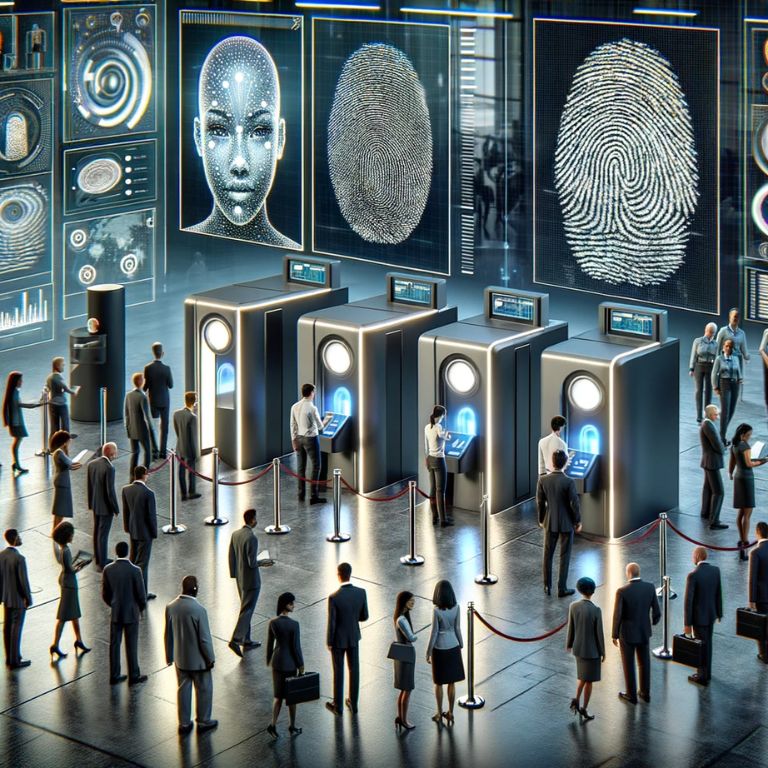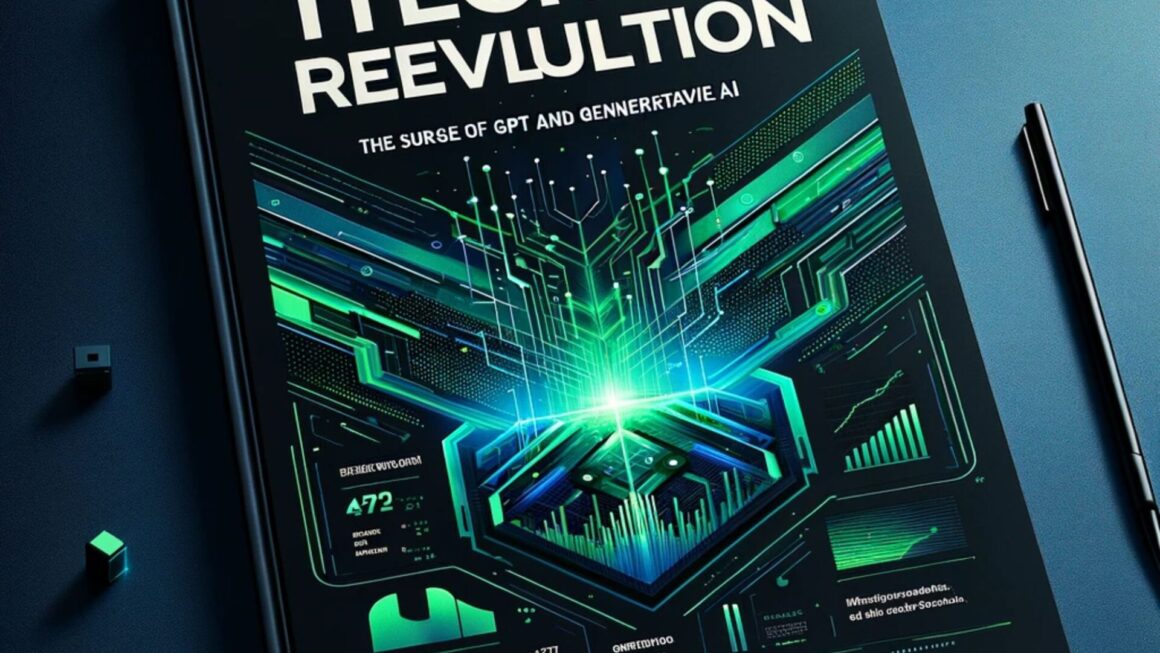In an era where digital security is paramount, the world is witnessing a significant shift from traditional password-based security to more sophisticated biometric methods. This transition, marked by the increasing use of fingerprints, facial recognition, and other biometric data, promises enhanced security and convenience but also raises crucial questions about privacy and reliability.
The Shift from Passwords to Biometrics
The move towards biometrics represents a paradigm shift in security. Traditional passwords, while familiar, are plagued by issues like vulnerability to phishing, the inconvenience of remembering complex combinations, and the general human tendency to reuse passwords across multiple platforms. Biometrics, by contrast, leverages our unique physical or behavioral traits. This shift is not just in personal devices but extends to sectors like banking, where biometric ATMs are emerging, and airports, where facial recognition is streamlining security checks.
Advantages of Biometric Security
The primary advantage of biometric security systems is their inherent uniqueness. Each individual’s biometric data, like a fingerprint or iris pattern, is distinct and nearly impossible to replicate accurately. This uniqueness significantly reduces the risk of unauthorized access. Biometrics also scores high on user convenience. The ease of scanning a fingerprint or a face eliminates the need for remembering and regularly updating passwords. Furthermore, biometric systems are increasingly integrating with other technologies, enhancing both security and user experience.
Reliability and Technological Advancements
While biometrics offer enhanced security, their reliability is contingent on technological sophistication. Early biometric systems had limitations in accuracy and were susceptible to errors due to poor image quality or damaged biometrics (like a scarred finger). Modern systems, however, are far more advanced. They can accurately process biometric data even under challenging conditions and are continuously evolving to address issues like false rejections and spoofing attacks. AI and machine learning play a crucial role in this evolution, making systems smarter at detecting and preventing fraud.
Impact on Privacy and Ethical Considerations
The most contentious aspect of biometrics is privacy. The storage of biometric data raises concerns about how this data is used, who has access to it, and how long it is retained. In the wrong hands, such data can be used for identity theft or unauthorized surveillance. Furthermore, there are ethical considerations around consent and the potential for misuse in tracking or profiling individuals without their knowledge. Governments and organizations are thus challenged to establish strict guidelines and regulations to ensure that biometric data is used responsibly and ethically.
Future Prospects and Conclusion
As we move further into the 21st century, biometrics are set to redefine the landscape of personal and organizational security. However, this transition isn’t without its challenges. The balance between convenience, security, and privacy is delicate and requires ongoing attention. Future developments in biometrics will likely focus on enhancing security features while addressing privacy concerns. The prospect of a world where passwords are obsolete is exciting, yet it underscores the need for vigilant and ethical management of biometric technologies. In conclusion, the end of the password era seems imminent, but its replacement by biometrics must be navigated with a focus on security, convenience, and, most importantly, the safeguarding of individual privacy rights.




